Our Fabrics
We invite you to explore the rich tapestry of fabrics that form the foundation of Férvora's distinct collections. Delight in the sensual feel of each material, knowing that your fashion choices contribute to a more sustainable and ethical world. Discover the essence of Férvora through our exquisite fabrics, and experience the difference that quality and care can make.
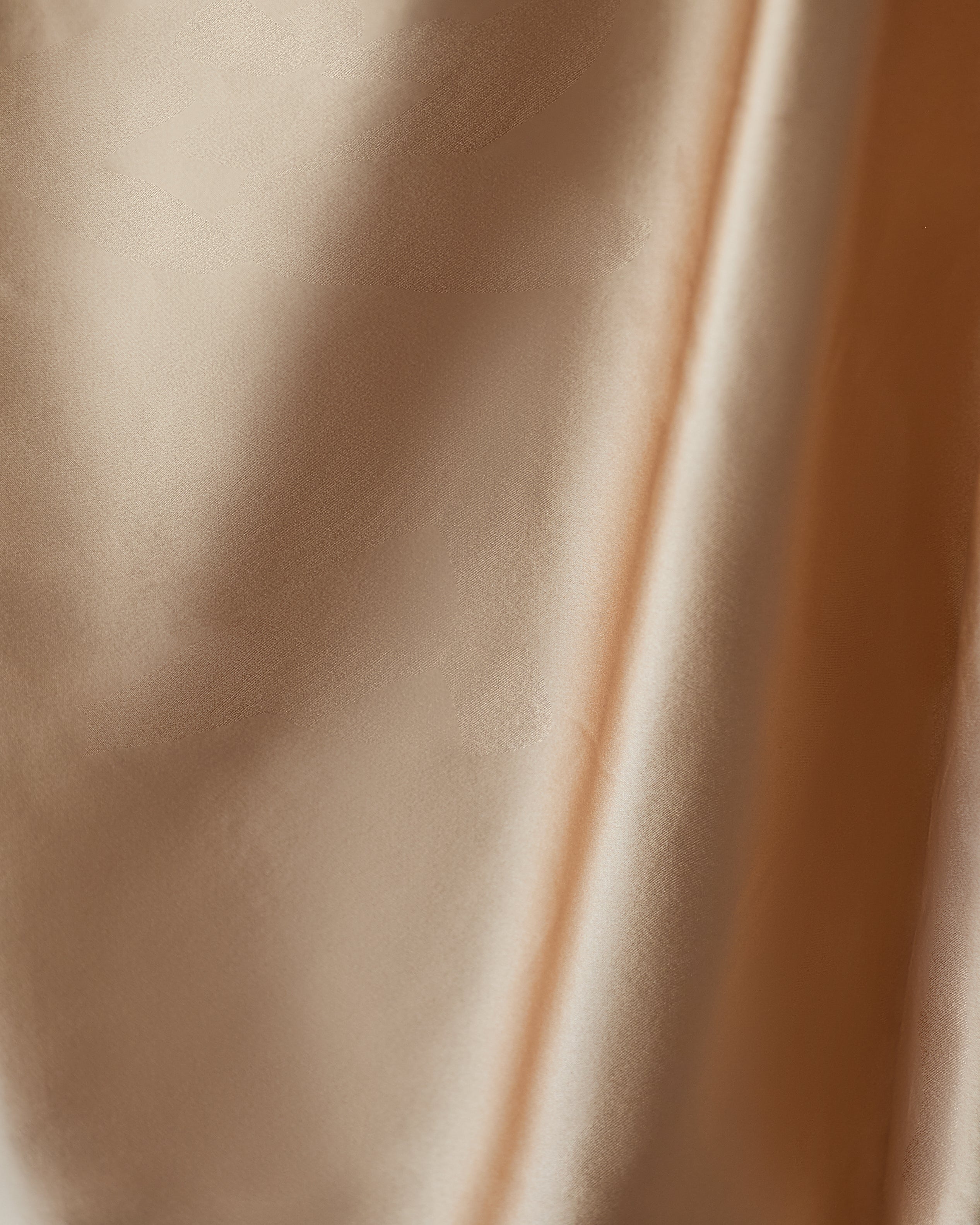
Satin Silk
Characteristics
A material with a rich look and feel. The glossy, shiny surface is smooth to the touch and emits a mesmerizing shine.
Sourcing
Our supply comes from suppliers in Italy and China. While the fibers in the most cases come from Asia, we have trusted mill partners in Italy.
History
Silk was first used first as a fabric approximately 5000 years ago in China. Given their long heritage of producing silk, they developed an unparalleled level of expertise.
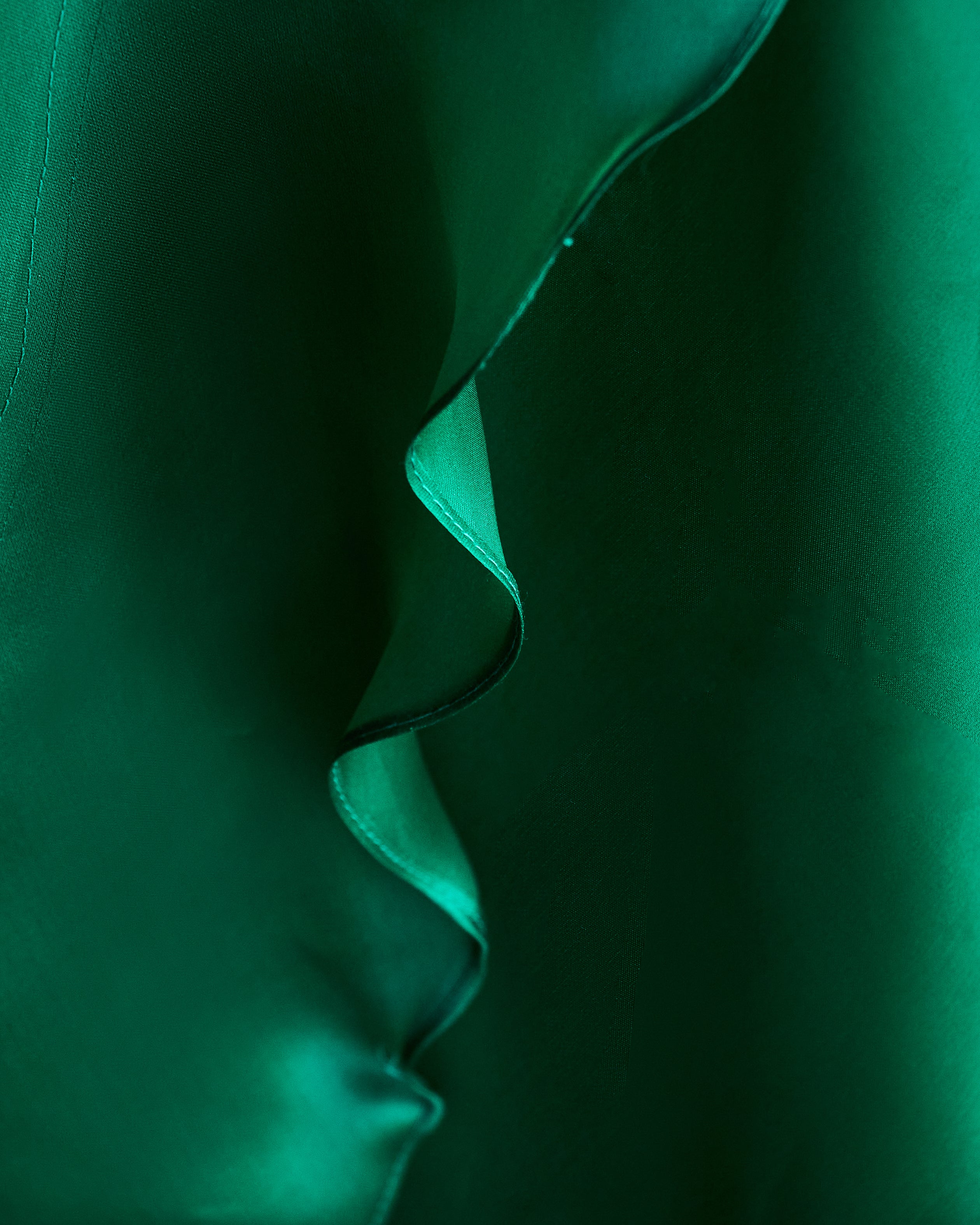
Satin Organza
Characteristics
Sheer, fine and lightweight. The wiry feel and structured drape helps create sculptural silhouettes.
Sourcing
Our supply comes from suppliers in Italy and China. While the fibers in the most cases come from Asia, we have trusted mill partners in Italy.
History
Silk was first used first as a fabric approximately 5000 years ago in China. Given their long heritage of producing silk, they developed an unparalleled level of expertise.
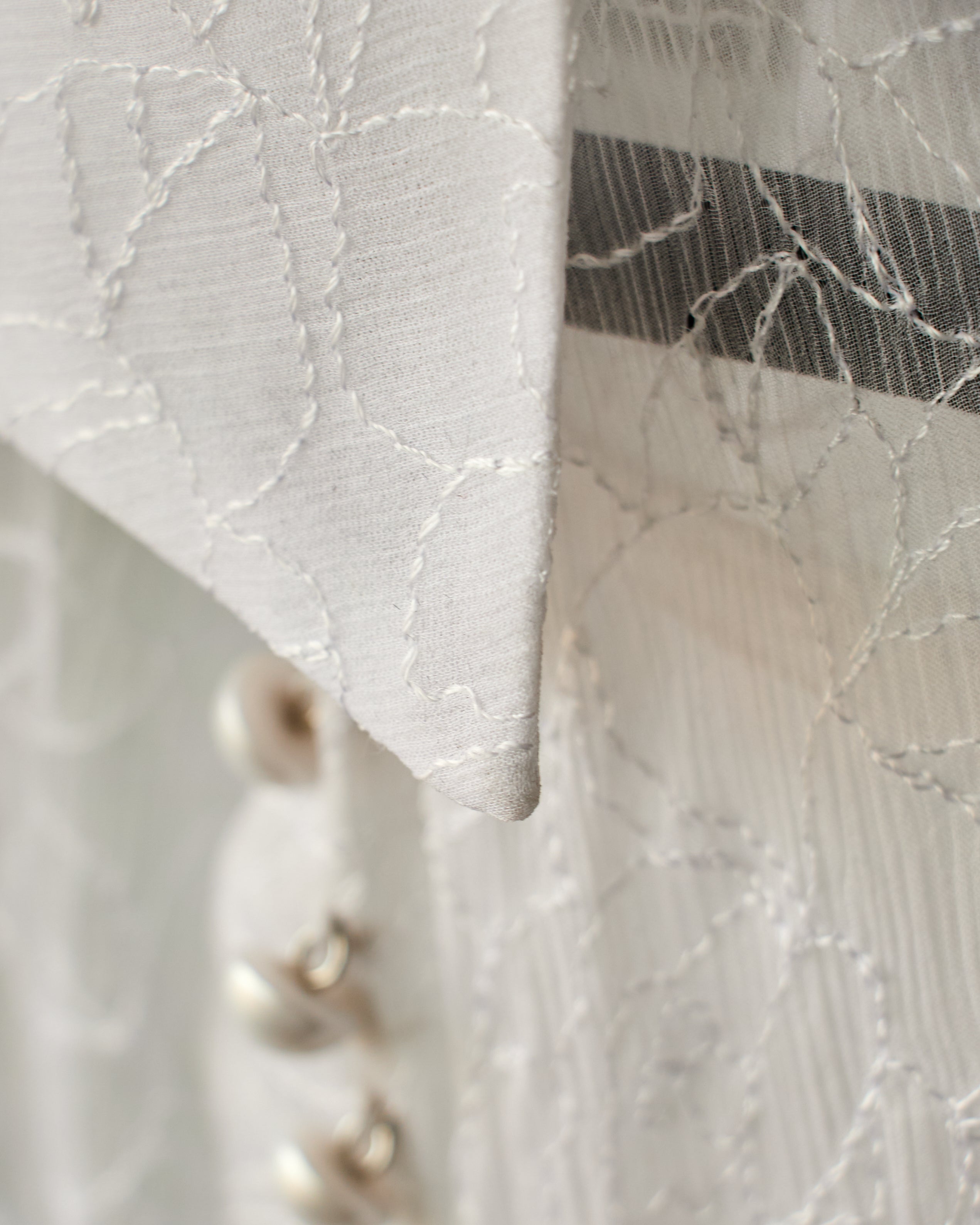
Crinkle Chiffon
Characteristics
A sheer, exceptionally lightweight with a delicate texture and crinkled surface.
Sourcing
Our supply comes from suppliers in Italy and China. While the fibers in the most cases come from Asia, we have trusted mill partners in Italy.
History
Silk was first used first as a fabric approximately 5000 years ago in China. Given their long heritage of producing silk, they developed an unparalleled level of expertise..
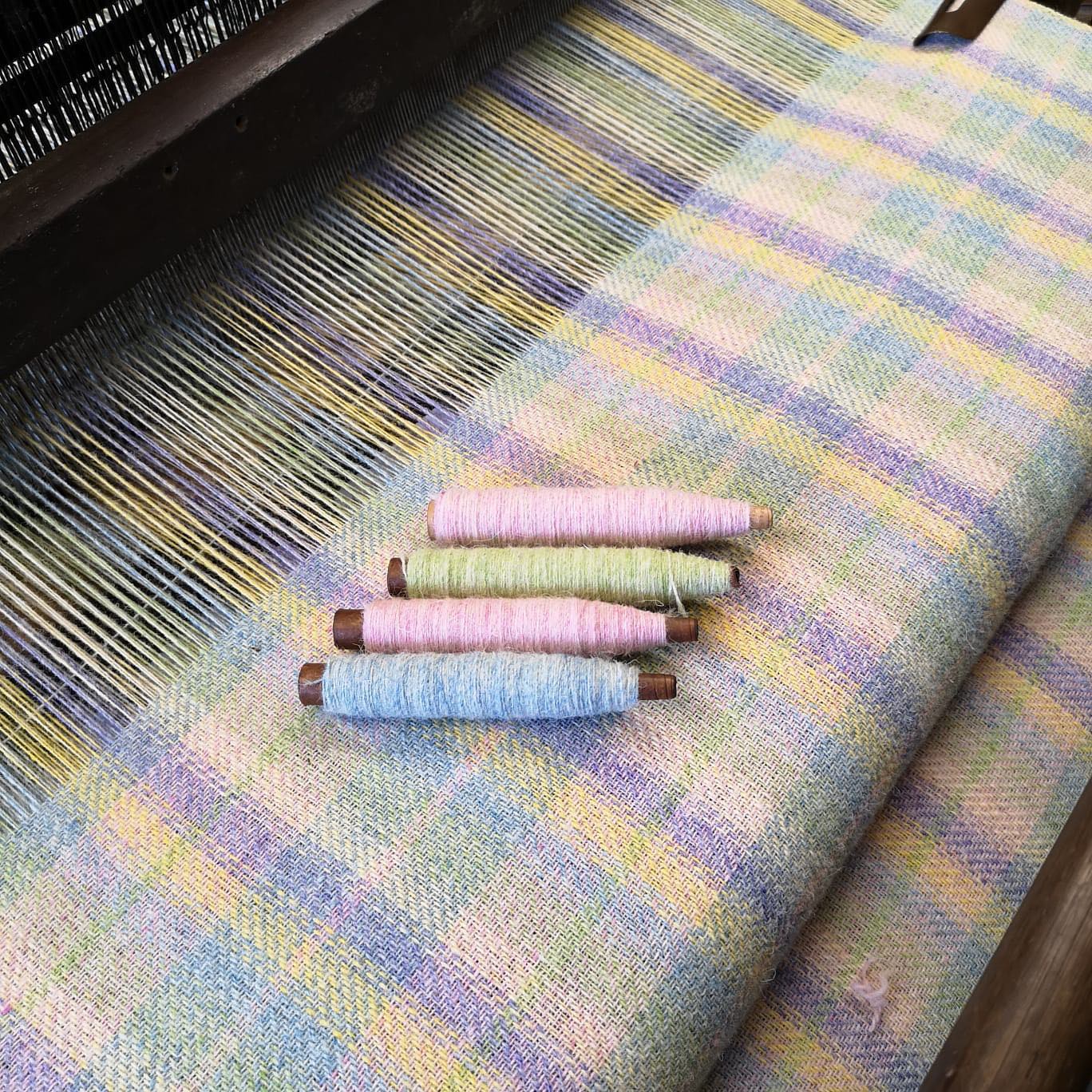
Harris Tweed
Characteristics:
Tweed is made of woolen fabric with a specific weaving pattern. Each pattern creates its own distinctive effect.
Sourcing:
What makes Harris Tweed so very special is that any cloth that is officially Harris Tweed is woven in a weaver's shed on the island, in the Outer Hebrides of Scotland. We source from independent artisans in Scotland.
History:
Farmers weaved Harris Tweed for family usage since it was excellent for protection from the coastal conditions of Northern Scotland.
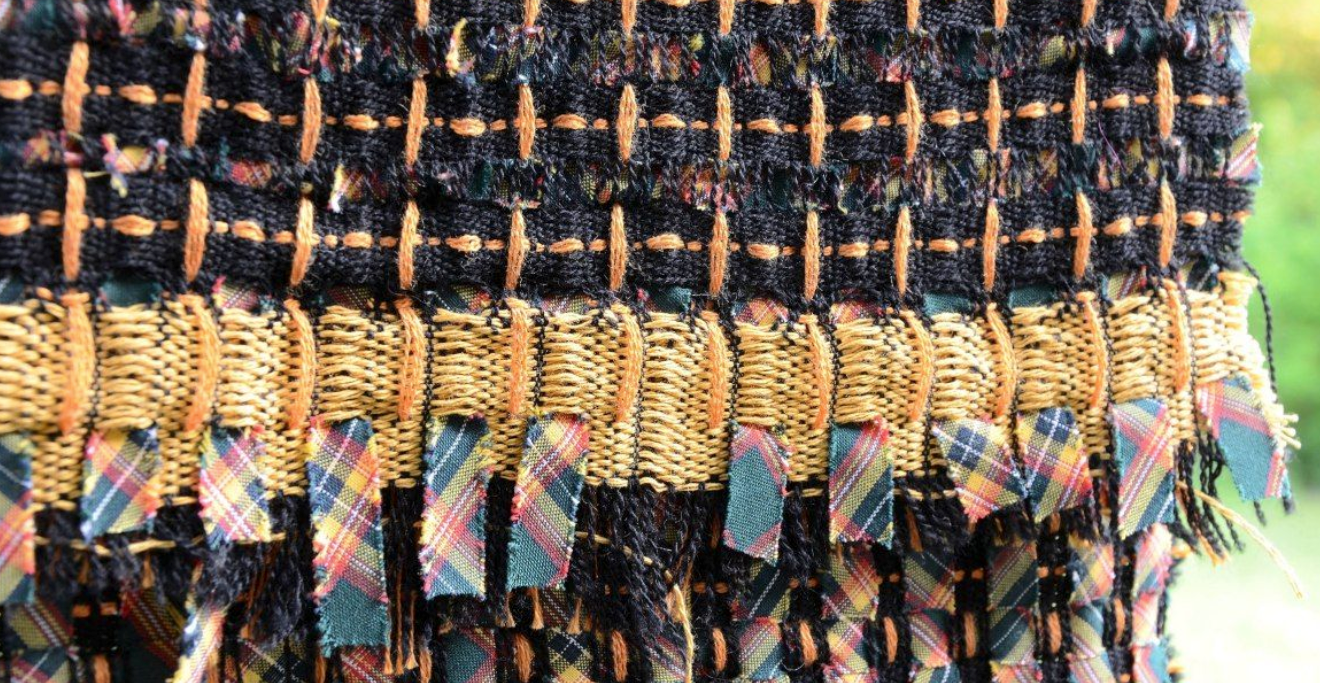
French Tweeds
Characteristics
Tweed is a natural fiber textile, woven with a soft, open weave and made from wool. The different kinds of thread that make up this fabric give it a unique, irregular appearance.
Sourcing
We source our french tweed for Malhia Kent in France and also from deadstock fabrics from other houses located in Italy and France.
History
The tweed outfits that Hugh Grosvenor, the Duke of Wellington, wore inspired French fashion designer Coco Chanel to adapt them for women. She started ordering Scottish tweed for her designs in 1924, and tweed dresses, jackets, and skirts continue to be emblematic of the Chanel "style."
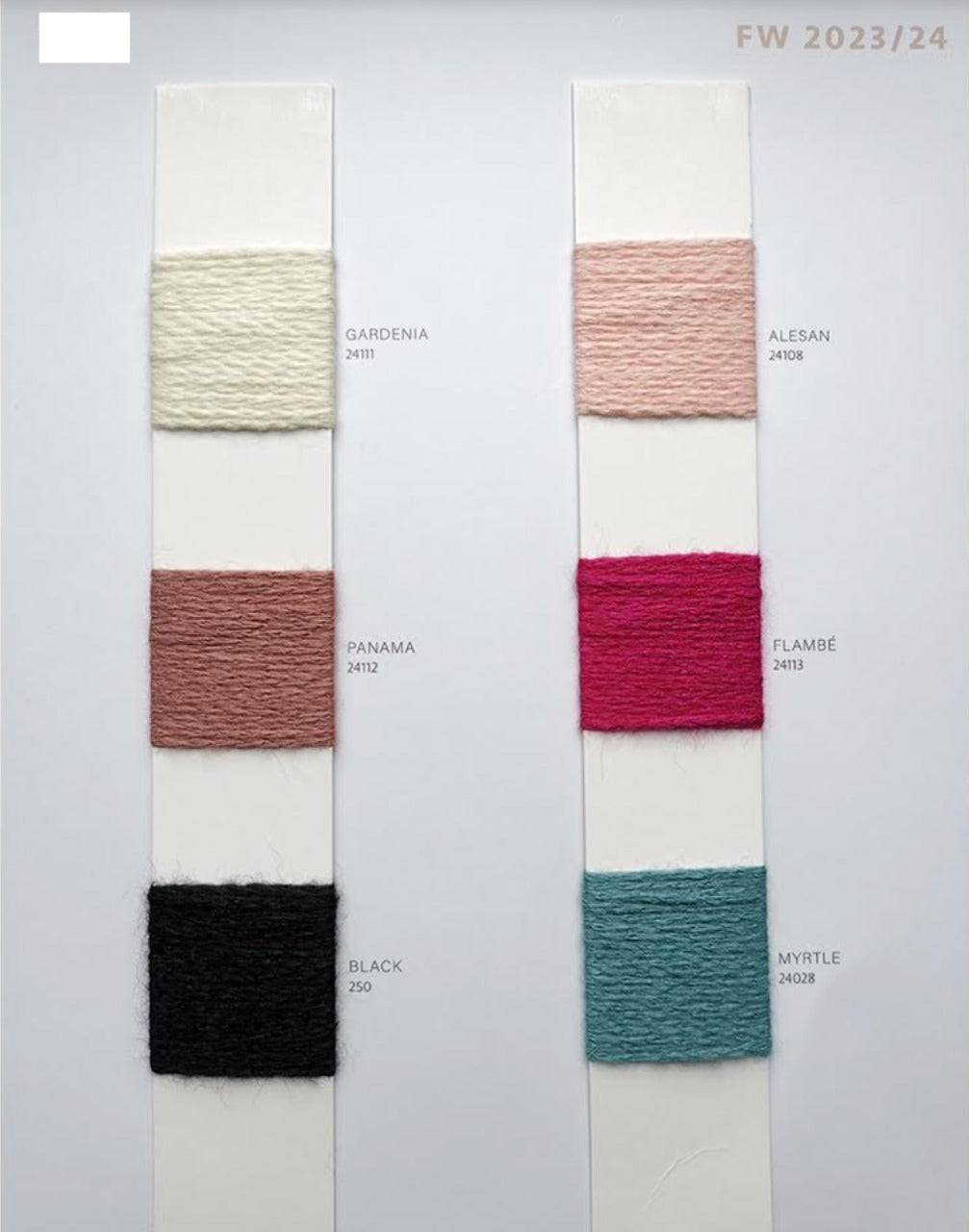
Cashmere
Characteristics:
The fiber derived from cashmere goats, pashmina goats, and some other breeds of goat is known as cashmere wool, or simply cashmere. For hundreds of years, it has been used to create yarn, fabrics, and garments.
Sourcing:
Our suppliers are based in India and China. Both regions are leaders in the production of these fibers. The yarns count with certifications and are developed under a responsible environment.
History:
The term 'cashmere' arrived in the 16th Century and was used to describe the shawls spun by Kashmiri craftsmen on the Silk Route bound for India.
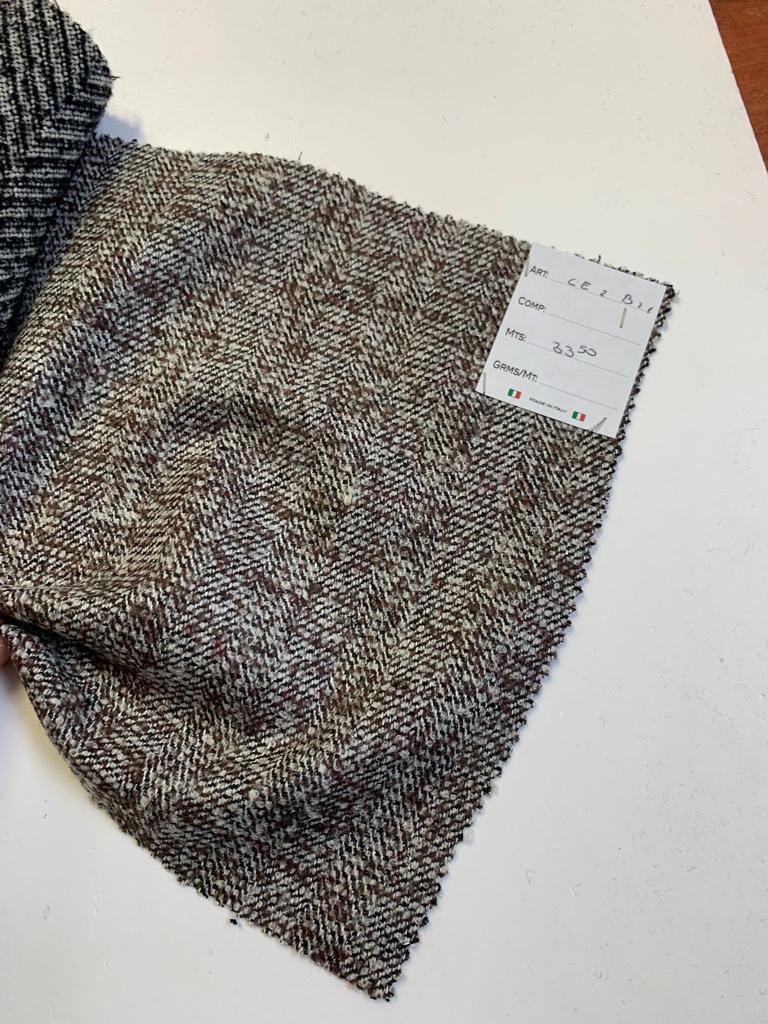
Lambswool
Characteristics
This is a type of virgin wool (ie natural, not regenerated nor recovered from the waste of other processes) which is obtained by shearing lambs. It is characterized by thin fibers. The fleece obtained from adult animals has a particular thermal resistance.
Sourcing
Our main partners, either for yarns or wool fabric by meters are based in Italy from a family-owned company based in the north of the country.
History
According to historical records, the ancient peoples of Palestine and Mesopotamia began using wool for the manufacturing of yarns and garments as early as 3000 BCE. The Greeks and Romans later improved this method, with the latter becoming the first civilization to bring textile businesses to the United Kingdom.
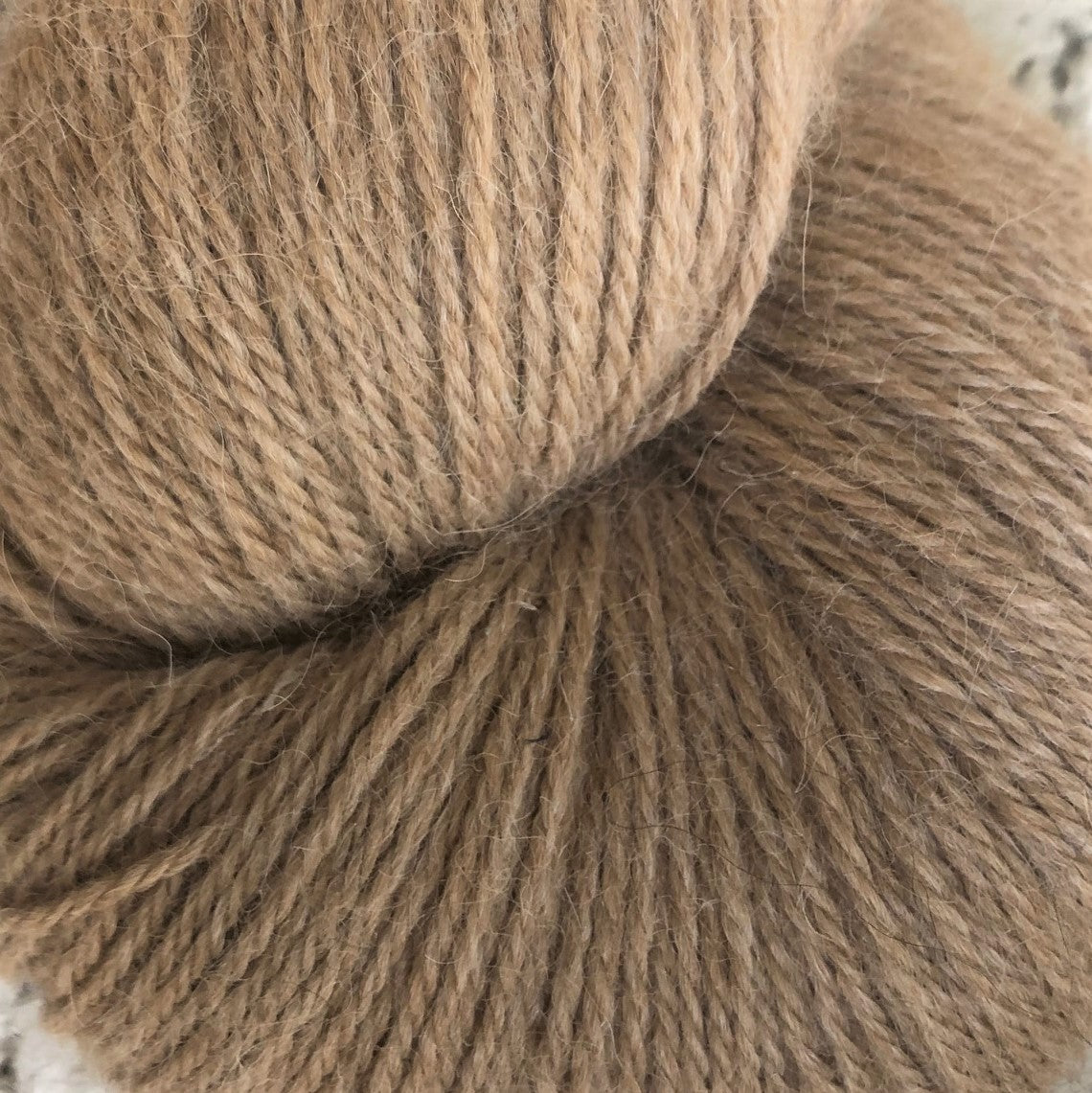
Alpaca
Characteristcs:
Alpacas are members of the camelid family and are often produced in South America. Their fleece is particularly fine and durable. It does not cause allergic responses and is not felted, a process that makes natural fibers slightly shred and bond to the fibers around them. There are two main kinds of alpaca: the Huacaya, whose wool is smoother and more elastic, and the Suri, whose fiber is smoother and finer.
Sourcing:
The main supplier for this wool can be found in Peru. This is where we source this fiber.
History
The vicuña, the parent of the alpaca, was initially tamed by ancient cultures in the Andean highlands of Bolivia and Peru, where alpaca fiber has a long and illustrious history. The alpaca was created in the Andes as a result of careful vicunña breeding, and it became crucial to the survival of the Inca people.
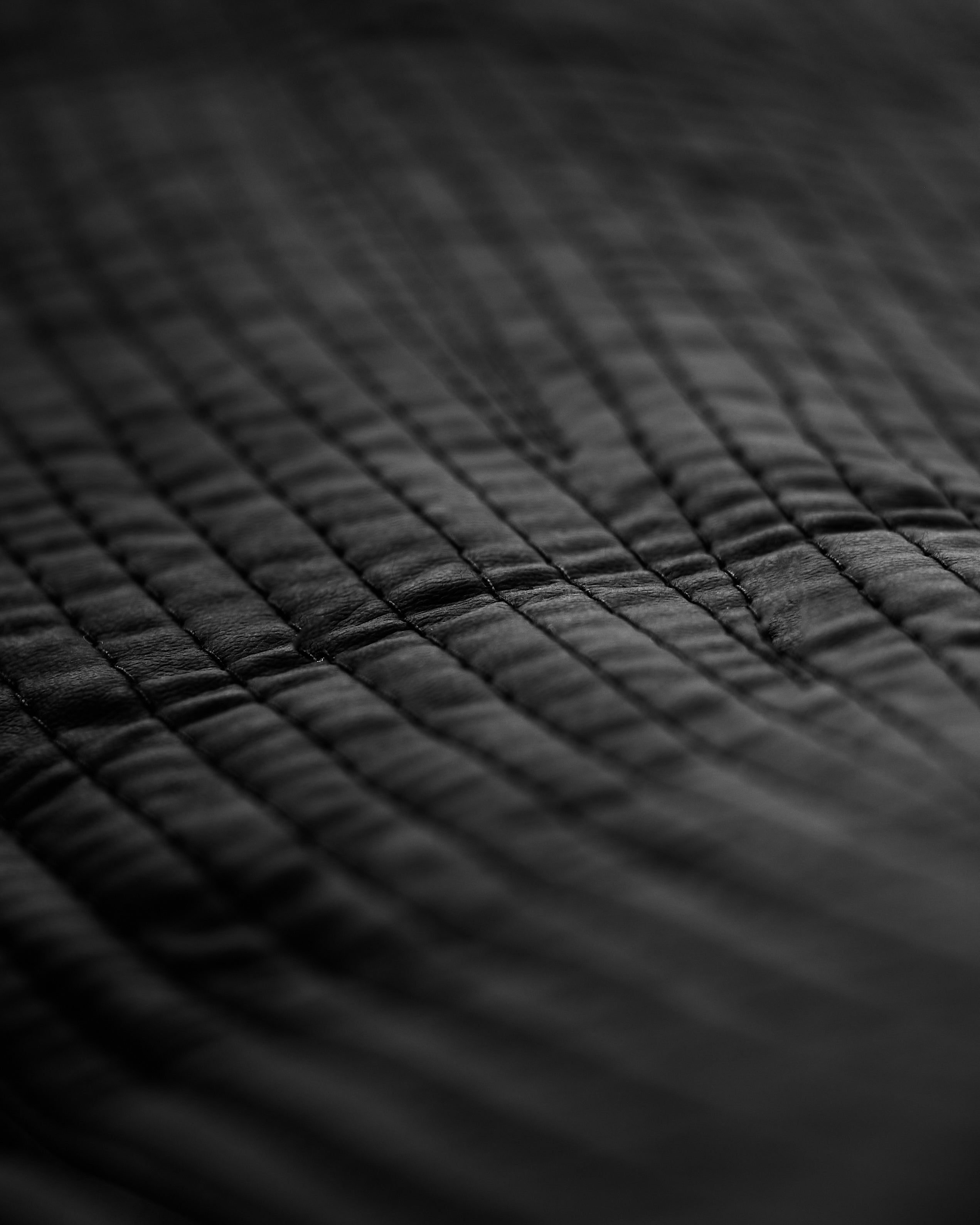
Agave Leather
Characteristics
A highly sustainable plant based material as an alternative to leather made from cactus.
Sourcing
We collaborate with Desserto in Mexico.
History
Since sustainability in fashion materials became highly important, exploration for vegan alternatives that are not plastic/polyester-based started. Agave has due to its skin-alike structure optimal properties and due to its low water needs a very good footprint.
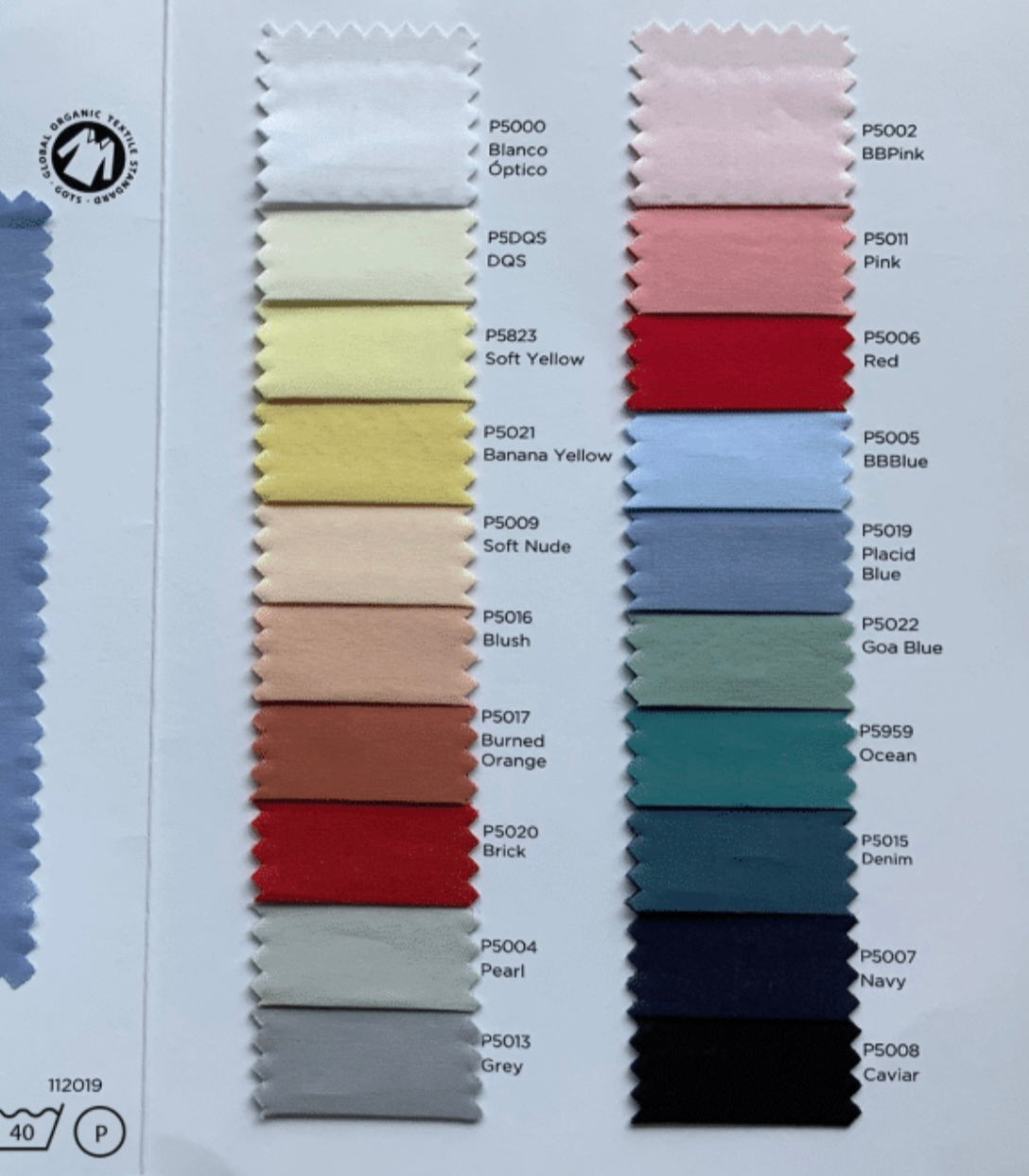
Poplin
Characteristics
Poplin fabric features a canvas weave that gives it a light, very fine ribbed texture with a soft drape.
Sourcing:
Although Colombian's golden years for cotton production where between 1950- 197, there are still some suppliers. We source our fabric from Colombia
